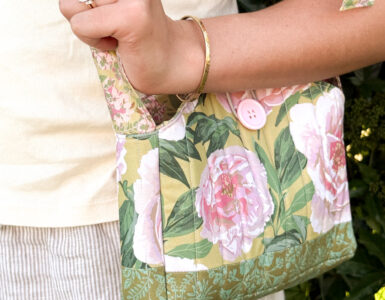These Halloween science experiments will amaze the whole family!
Stir up some spooky trouble while exploring the fascinating world of science!
Commander Pulsar, from the Douglas Space and Science Foundation, shares some captivating Halloween experiments that you can easily try at home.
Find more details at douglassciencecenter.org.
3 Spooky Halloween Science Experiments
These experiments are not only thrilling, but also accessible. You should be able to find these items in your own kitchen.
1. The Bleeding Lemon
For this eerie experiment, you’ll need a lemon, red food coloring, and baking soda. Cut the lemon in half and set it flat, cut side up. Then, stab it a little to get the juices flowing. Add some drops of red food coloring to the lemon and sprinkle baking soda on top. The result? A spooky and fun Halloween display. This experiment works due to the chemical reaction between baking soda and the lemon’s acidic juices.
2. The Haunted Soda Can
This one requires a regular balloon, some static electricity, and a volunteer (with safety glasses, of course). Rub the balloon against your volunteer’s hair, generating some static electricity. Then hover it over an empty soda can and you’ll witness the spooky effect it has making it move around! This effect is a result of static electricity’s electromagnetic pull on the metallic can.
3. Fiery Bubbles
This experiment requires butane, water, and soap. The butane-filled bubbles can be ignited to create impressive fireballs, and the water barrier keeps your hand safe. But remember, this one should definitely be conducted under adult supervision. These bubbles owe their magic to the flammable butane inside, ignited safely with a lighter.
Add a scientific twist to your Halloween festivities and give these experiments a go! Get ready to amaze your friends and family with these fantastic Halloween experiments, and who knows, you might even inspire the next generation of scientists.















Add comment